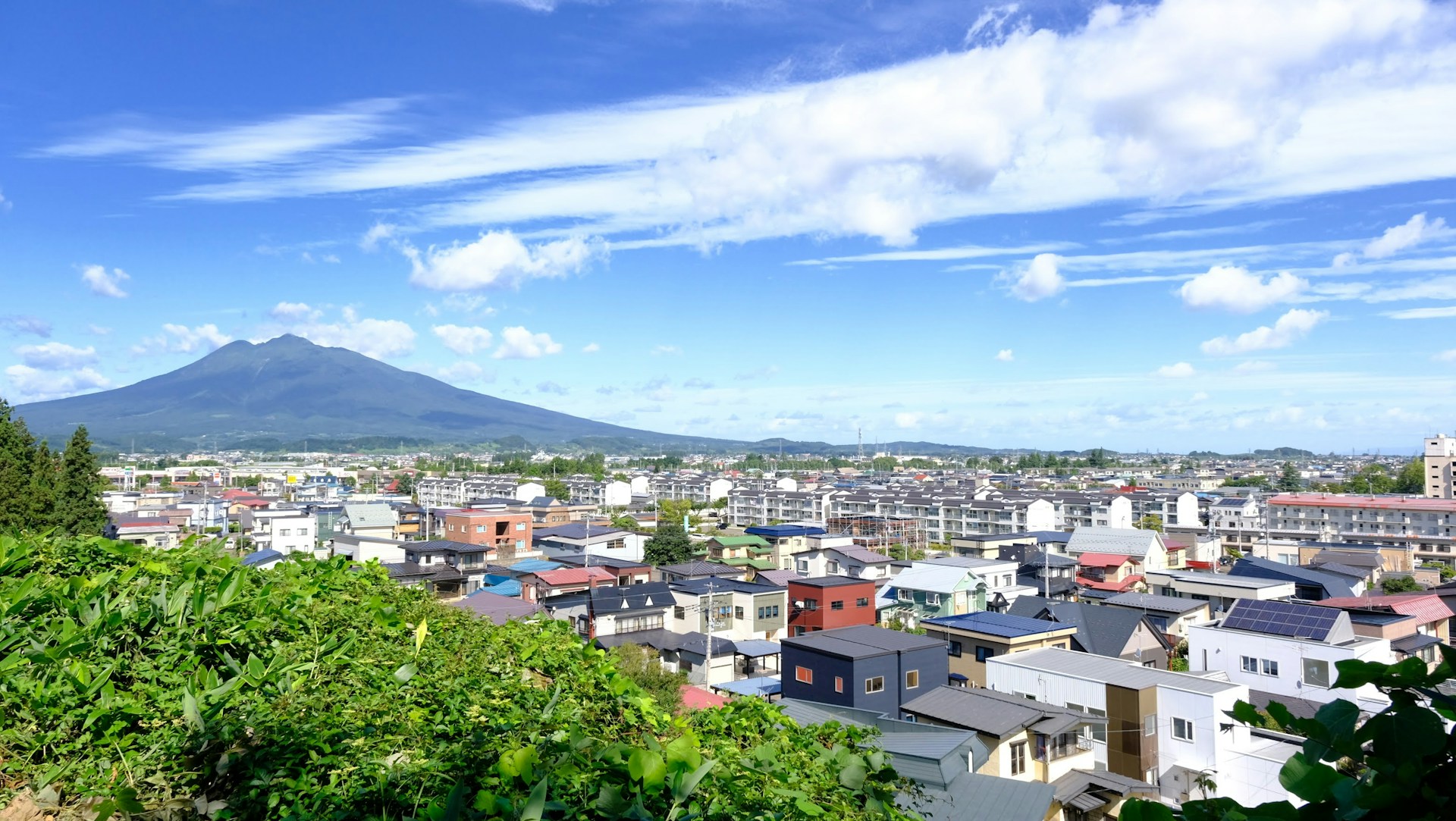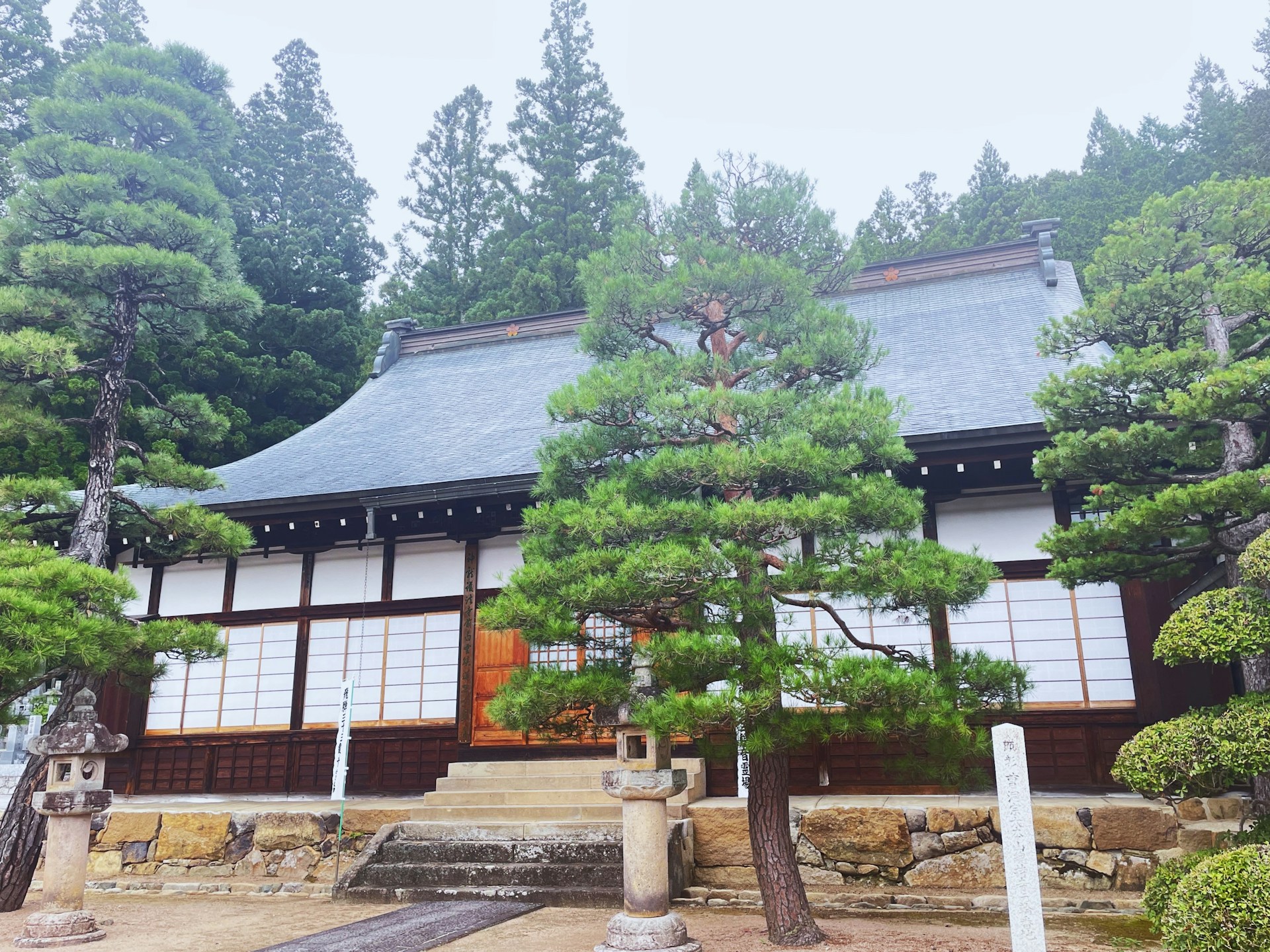Housing Finance in Japan
The main issue of housing in Japan is affordability. Due to social and economic factors, the price of housing in Japan is extraordinarily high.
Moreover, Japanese financial institutions do not lend on as generous terms as in other countries, placing significant liquidity constraints on aspiring homeowners.
In this paper, I examine several problems of financing the purchase of housing in Japan in order to identify directions for future reform in housing finance in Japan in the context of ongoing financial liberalization initiatives.
Housing finance in Japan is predominantly generated from the deposit-taking system, whether by commercial banks or public-sector lending institutions.
Reforms, therefore, should focus on means to broaden the source of funds as one strategy to remove credit constraints and to mobilize capital more efficiently for housing finance in Japan.
Public-sector lending plays an important role in the system of housing finance in Japan.
The government-run Japan Housing Loan Corporation (JHLC) is the largest single mortgage lender in the world and accounts for some 25 to 35 percent of housing loans in Japan.
Unlike other advanced industrial nations, Japan has no major private-sector institutions that specialize in housing finance in Japan, like the savings and loan associations in the United States and building societies in the United Kingdom.

Section 3.2 is an overview of the Japanese housing finance market and housing finance systems. JHLC’s home financing policy in terms of efficiency and equity.
Section 3.4 briefly describes other aspects related to recent steps taken for housing finance in Japan toward financial liberalization.
The structure of the mortgage market in Japan. The state-run JHLC is the lender of last resort. Recently, there have been considerable efforts to develop specialized private-sector mortgage lending entities.
Mortgage companies and banks are becoming increasingly active in the housing finance market, although their presence is still small relative to their counterparts in the United States and the United Kingdom.
The Japan Housing Loan Corporation:
The JHLC was established in 1950 as a special public corporation that provides long-term capital at a low rate of interest for the construction and purchase of housing.
The JHLC obtains its funds from the postal savings system, not directly from public revenues.
The flow of loans by JHLC. The JHLC draws funds from the Fiscal Investments and Loans budget.
The amount of money to be loaned and the number of houses to be built with these loans each year is determined by the budget for the Fiscal Investments and Loans program.
This program draws funds from the postal savings system through the Trust Fund Bureau, from postal life insurance and postal annuities, and from bonds offered for public subscription by government agencies.
Its budget is submitted to the Diet each year during deliberations on the overall budget bill.
The JHLC makes loans at a lower rate of interest (currently about 5.4 percent) than the rate of interest on the funds drawn from the Fiscal Investments and Loans program (currently about 6.7 percent) and receives a government grant covering the interest-rate differential.
In 1989, about 14.5 percent of the total budget for the Fiscal Investments and Loans program was allocated for housing construction through the JHLC.
It is important to emphasize that capital for housing finance in Japan is primarily mobilized from the deposit-taking system (i.e., through short-term savings) by both the JHLC and commercial banks.
The distribution of JHLC loans in 1989.
Loans are made to private individuals who intend to acquire their own houses, private individuals and local housing-supply corporations that intend to build rental housing.
Local housing-supply corporations and enterprises such as commercial developers that intend to build houses for sale, and enterprises that intend to undertake urban renewal projects.
On the demand side in 1989, about 78.3 percent of the JHLC loans were allocated to construction and purchase of new owner-occupied housing, and only 6.2 percent were allocated to the purchase of secondhand owner-occupied housing.
Generally, JHLC lending favors new housing, with much stricter limits and lending criteria for used housing, thus acting to depress the resale value of homes and discourage the development of a mortgage market in used homes.
As for supply-side policy, only 4.7 percent of the JHLC loans were allocated to construct rental housing.
Also read: Integration of Financial Markets in Japan and Asia

